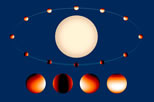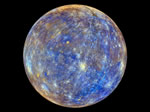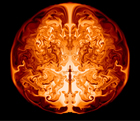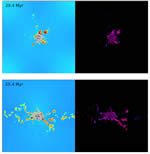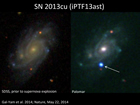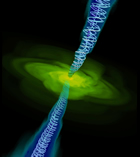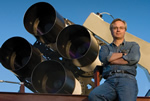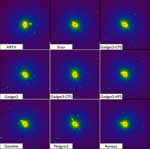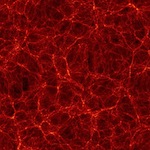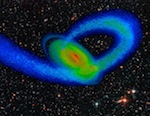Word doc
PDF (formatted and ready to go as a single newsletter page)
Planets Amidst the Noise
Tau Ceti’s planets were not supposed to be there.
They revealed themselves when Steven S. Vogt, astrophysics professor at UC Santa Cruz, and his collaborators were testing a new noise-analysis method on spectrometer data to calibrate their technique. Indeed, the team of 15 astronomers from seven institutions on four continents had picked Tau Ceti specifically because meticulous observations strongly suggested the star had no planetary system.
From the earliest days of the hunt for exoplanets almost 20 years ago, astronomers suspected that evidence of Earth-like planets might be buried in the noise of spectroscopic measurements of stellar radial velocities (stars’ velocities in space toward or away from us). Such noise arises from flares and other activity on a star’s surface.
The tiny signal…
Earth-like planets are low mass compared to stars. Even so, planets revolve not around a host star’s center (axis of rotation); instead, both star and planets revolve around the planetary system’s barycenter (center of mass). Like a smaller boy gamely wrestling a bigger one, the gravitational mass of a planet throws a star’s weight around just a little, even though the bigger mass is in control.
The barycenter for our own solar system, for example, slowly wanders from near the center of the Sun to farther than a solar radius above the Sun’s surface: when all the planets are on the same side of the solar system as Jupiter, the barycenter is farther from the center of the Sun toward Jupiter than it is when all the planets are on the opposite side of the solar system from Jupiter. In other words, the Sun itself is doing a slow dance like a meandering box step of hundreds of thousands of kilometers around the solar system’s barycenter.
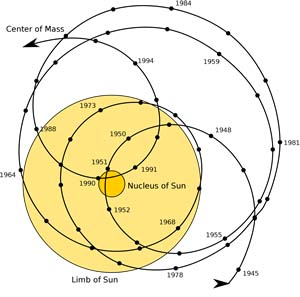
The Sun moves around the barycenter (center of mass) of our solar system, depending on the positions of the planets. Detecting barycentric movement of other stars from precision radial velocity (RV) measurements can reveal the presence of Earth-mass planets; the pattern of movement can reveal number, masses, and orbits.
Credit: Carl Smith, Rubik-wuerfel (Image Source)
But it might be measurable by a precision spectrometer, such as the High Resolution Echelle Spectrograph (HIRES) Vogt had designed, built, and used at Keck Observatory for 20 years. Its 25-megapixel CCD detector measures Doppler shifts of spectral lines finer than 1 part in 300,000,000, a precision of stellar RV to under 1 meter per second.
…amidst stellar “jitter”
Detecting the barycentric wandering of a distant star is a colossal challenge for both measurement and computational analysis. Vogt and his collaborators needed a nearby Sun-like star whose RV had been meticulously measured for years, with no evidence of a planetary system. They needed a bright star to eliminate so-called Poisson noise due to statistical variations in the rate of photons detected. By studying noise signatures from the planetless star, they hoped to learn precise characteristics of noise produced by stellar surface activity—so as to remove its masking of extremely weak variations in a star’s RV from the gravitational effect of Earth-sized planets.
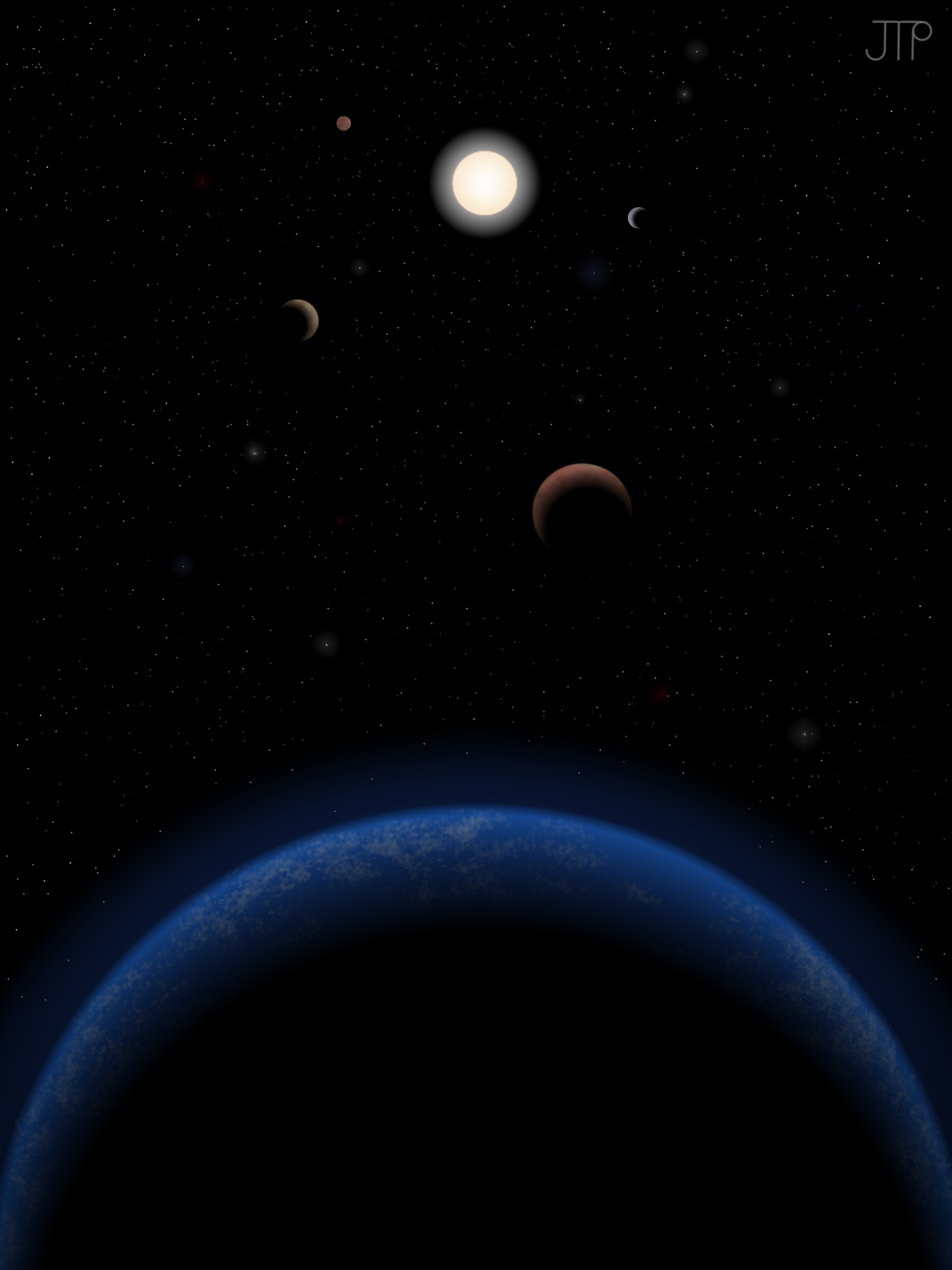
Rendering of the Tau Ceti planetary system shows the five planets b, c, d, e, and f, from closest to farthest from the star. All range in mass from 2.0 to 6.6 times the mass of Earth with orbital periods ranging from 13.9 to 642 days. The two outermost planets e and f are at 0.5 and 1.5 A.U. from Tau Ceti. Credit: J. Pinfield for the RoPACS network at University of Hertfordshire, 2012.
Vogt’s mathematician collaborator Mikko Tuomi at the University of Hertfordshire developed statistical techniques for analyzing and comparing the three data sets, identifying and removing noise. The goal: to identify variations in signals appearing periodically and simultaneously in all three sets of data (and therefore due to real planetary-induced changes in Tau Ceti’s RV) versus variations in only one set of data due to stellar surface activity and/or instrumental errors. Tuomi also developed methods for analyzing the long-term pattern of a star’s barycentric motion to calculate number of possible planets, their masses and orbits.
When the group applied the computational techniques to Tau Ceti’s runs of spectrometry data as a dry run for the stellar surface noise calibration, “five statistically significant planet-like signals popped out!” Vogt exclaimed. “It was a surprise!” The signals suggested the planets were not much bigger than Earth, with the outermost two e and f being in the habitable zone where water could be liquid.
The team is now applying their new techniques to runs of RV data for other nearby stars. –Trudy E. Bell, M.A.
Further reading: “Signals embedded in the radial velocity noise: Periodic variations in the τ Ceti velocities” Astronomy & Astrophysics 551: 79, March 2013, http://arxiv.org/abs/1212.4277 .
The University of California High-Performance AstroComputing Center (UC-HIPACC), based at the University of California, Santa Cruz, is a consortium of nine University of California campuses and three Department of Energy laboratories (Lawrence Berkeley Laboratory, Lawrence Livermore Laboratory, and Los Alamos National Laboratory). UC-HiPACC fosters collaborations among researchers at the various sites by offering travel and other grants, co-sponsoring conferences, and drawing attention to the world-class resources for computational astronomy within the University of California system. More information appears at http://hipacc.ucsc.edu .
